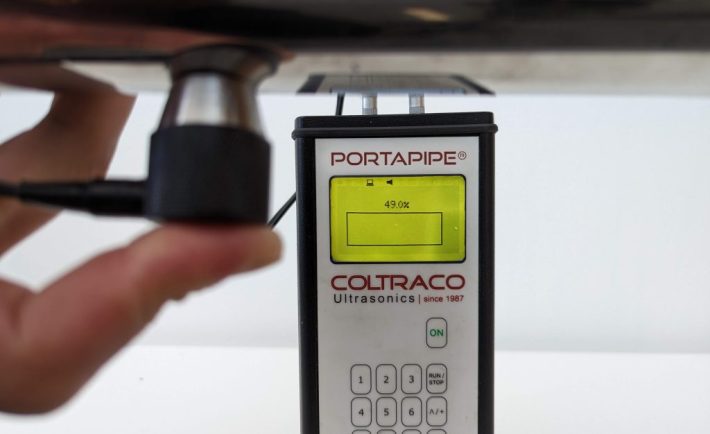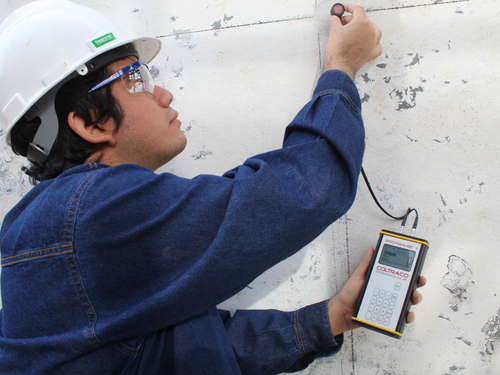
Ultrasonic thickness gauges are essential tools used in various industries to measure the thickness of materials. This article explores what they are, how they work, and why they are vital for the manufacturing, construction, and engineering industries.
What is an Ultrasonic Thickness Gauge?
An ultrasonic thickness gauge is a device that uses ultrasonic waves to measure the thickness of a material. The indicator can accurately determine the thickness by sending a sound wave through the material and measuring the time it takes for the echo to return.
Components of an Ultrasonic Thickness Gauge
1. Transducer: Generates the ultrasonic waves.
2. Display Screen: Displays the readings.
3. Control Panel: Houses the controls for operating the device.
How Does an Ultrasonic Thickness Gauge Work?
Sending the Ultrasonic Wave
The process begins when the transducer sends an ultrasonic wave through the material. This wave travels at a known speed, allowing the device to calculate the time it takes for the echo to return.
Receiving the Echo
The transducer also acts as a receiver, catching the echo as it bounces back. This information is then processed to calculate the thickness.
Displaying the Results
The result is displayed on the screen, typically in millimetres or inches.
Applications of Ultrasonic Thickness Gauges

Ultrasonic thickness gauges have numerous applications across various industries:
Manufacturing
– Quality Control: Ensuring products meet thickness specifications.
– Material Testing: Determining the suitability of materials for specific applications.
Construction and Engineering
– Structural Analysis: Assessing the thickness of materials in bridges, buildings, and other structures.
Automotive and Aerospace
1. Component Analysis: Ensuring that critical components like engine parts meet specified thicknesses.
2. Wear and Tear Monitoring: Tracking degradation over time.
Advantages of Using Ultrasonic Thickness Gauges
Non-destructive: They do not damage the material being tested.
– Accurate: They provide highly accurate measurements.
– Versatile: Suitable for various materials and applications.
– Portable: Easy to carry and operate on-site.
Conclusion
Ultrasonic thickness gauges are indispensable tools for many industries. Their ability to accurately measure thickness without damaging the material makes them highly valuable for quality control, structural analysis, and more. By utilising the science of sound waves, these gauges have revolutionised the way thickness measurements are carried out, contributing to safer and more efficient practices across various sectors.
Whether it’s maintaining the integrity of a grand architectural structure or ensuring that a vehicle’s engine runs smoothly, the role of ultrasonic thickness gauges is crucial. Their diverse applications and advantages underscore the importance of this technology in today’s world, making them a must-have tool for professionals in many fields.




